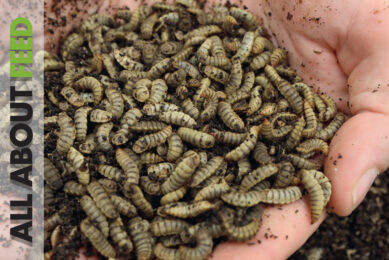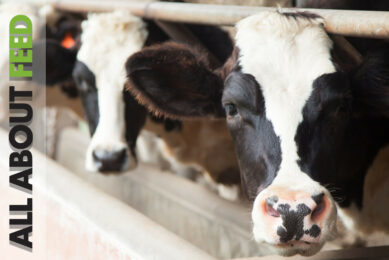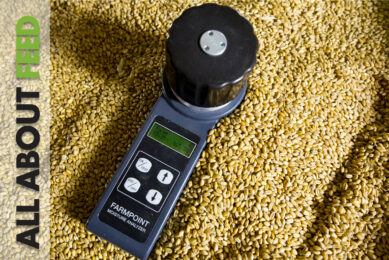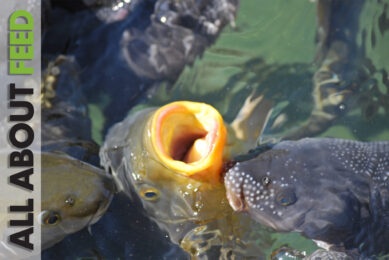A nutritional powerhouse in All About Feed 9
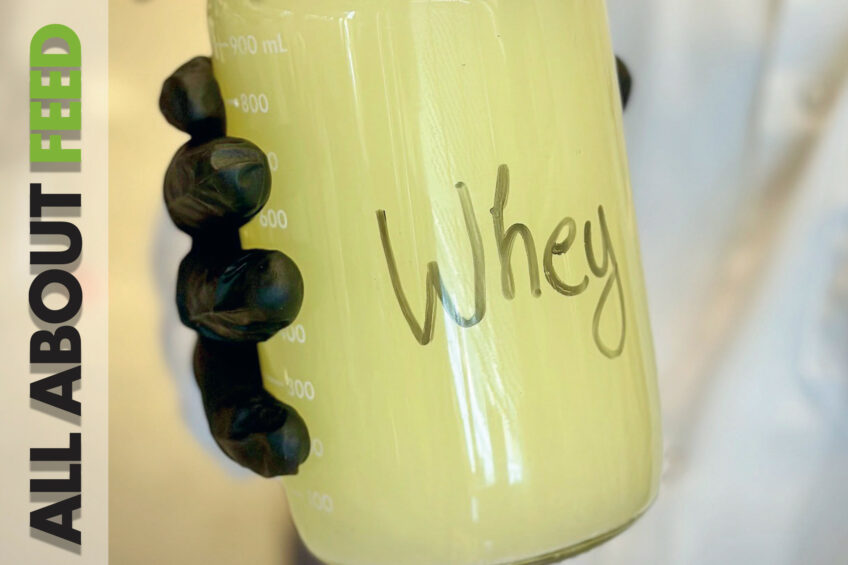
The latest edition of All About Feed is now available online. We consider nutrient digestibility and strategies to help control the formation of hairballs, interview the ‘data guy’ and helm of Evonik’s Animal Nutrition business line, and take a closer look at the benefits of Saccharomyces cerevisiae in ruminant diets. This and more in this latest edition.
This is the ‘whey’
Every year, a huge amount of is produced globally. How can we get more of this nutritional powerhouse into animal feed?
Lessons about the gut in theory and practice
One way to make sure that an international event makes a permanent impression is to not just talk about the pig gut, but to also take delegates on a practical mission in the necropsy room. The question ‘What actually happens inside a pig?’ was therefore key at the first-ever Porcine Health & Nutrition Masterclass organised by feed additive manufacturer Innovad.
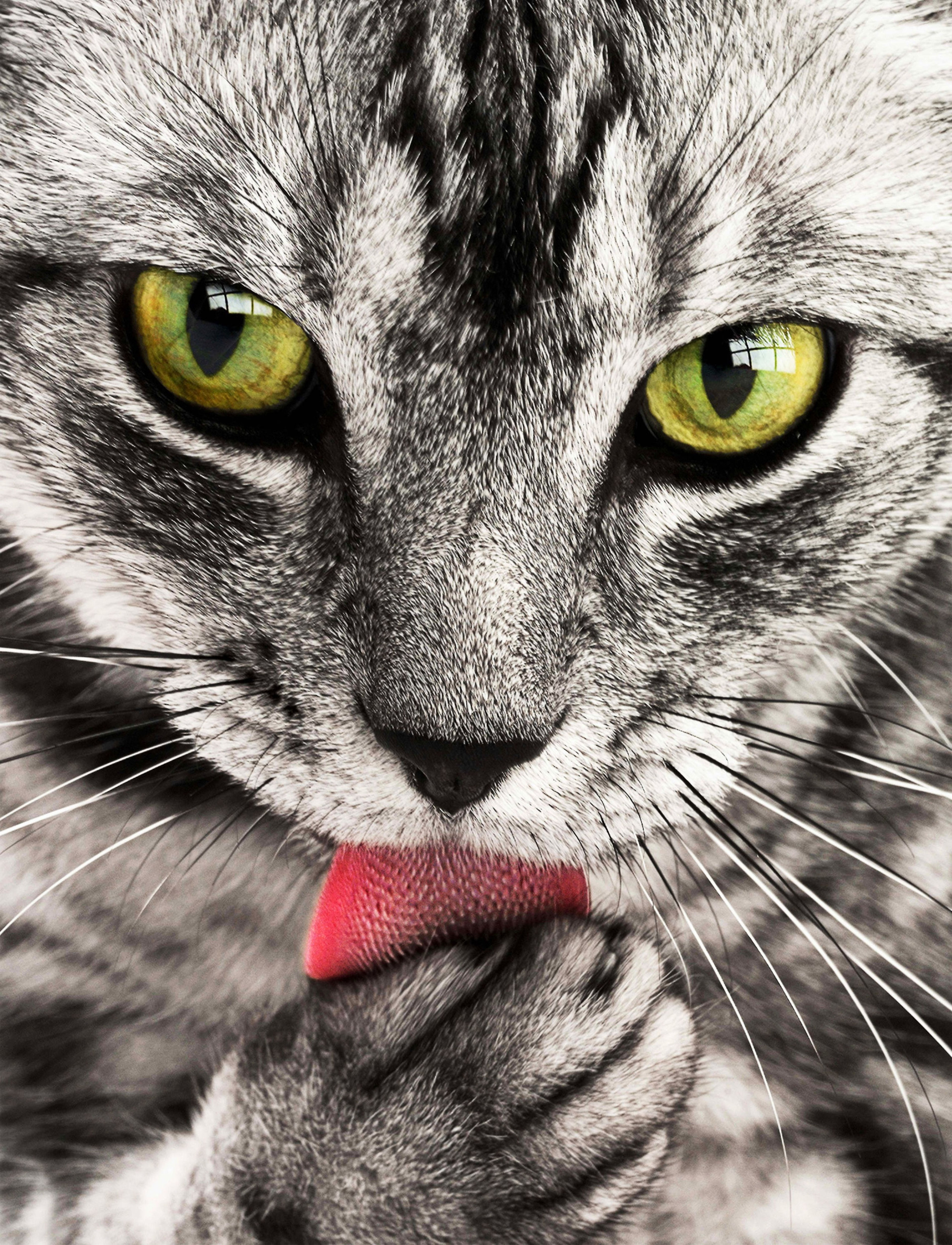
Cat hairballs: Digestibility and the impact of fibre evaluated
Veterinarians often face the challenge of helping cat owners limit the extent to which their cats produce hairballs, which are a nuisance for both the cat and the owner. This article looks at a report that takes a nutritional viewpoint from different studies to assess the impact of hairballs on nutrient digestibility and strategies to help control the formation of hairballs.
Interview with Dr Gaetano Blanda, Evonik: One plus one is two, also in animal nutrition
Animal nutrition may be a different business than coating additives, but they both follow the universal laws of chemistry and economics. Describing himself as a “data guy”, chemist Dr Gaetano Blanda quickly learnt about his new challenge at the helm of Evonik’s Animal Nutrition business line.
Boosting innovation: Legislative support is critical, but so is public trust
The feed industry, like others, must innovate to move forward. There has been a long history of innovation in the feed sector, but how do we boost it further to the benefit of livestock, producers, and the public in terms of the environment, stable meat, egg and dairy product prices, and more?
Combined benefits of sodium humate and glutamine in dairy calves
Researchers have shown that combining sodium humate and glutamine effectively reduces calf diarrhoea while improving growth and intestinal health. Their study focussed on their combined benefits in terms of growth performance, the incidence of diarrhoea, immune system and antioxidant status, as well as the faecal microflora of pre-weaned calves.
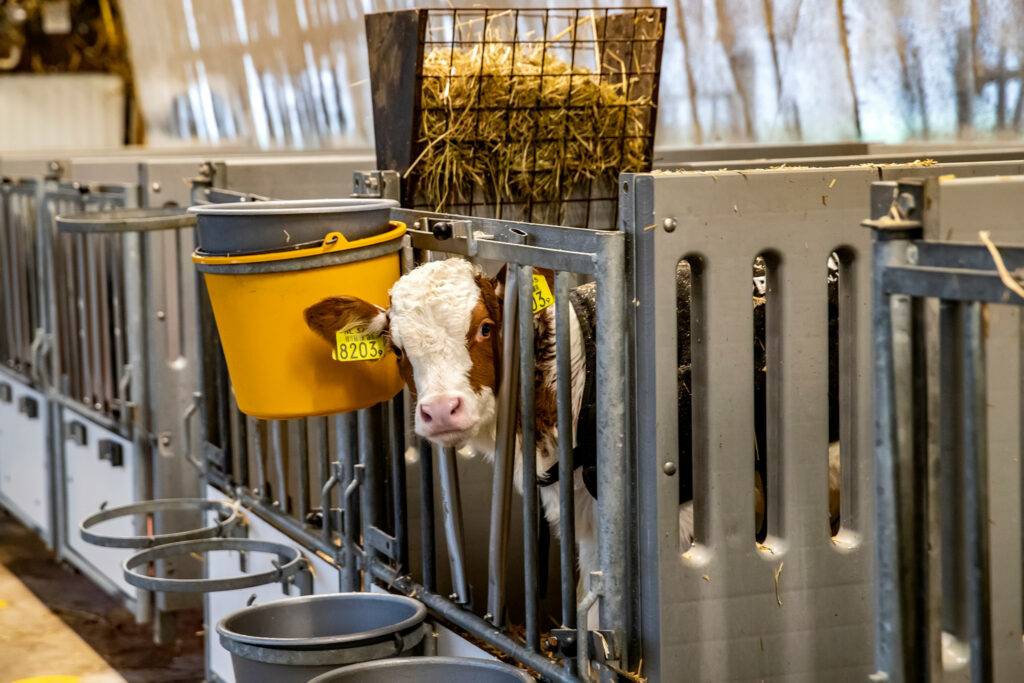
Yeast in ruminant diets: The benefits of Saccharomyces cerevisiae
In this article, All About Feed considers the impacts of Saccharomyces cerevisiae, a yeast probiotic, as a natural feed supplement in the diet of ruminants.
Nutrition to mitigate heat stress in ruminants
Feed and water consumption are important factors in managing heat stress in ruminants. This article provides insight into heat stress mitigation through nutritional interventions.




